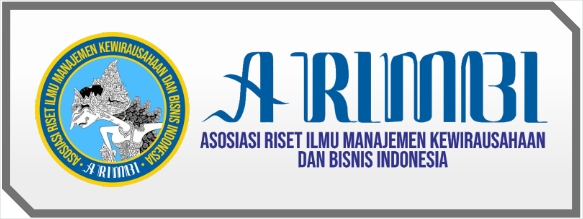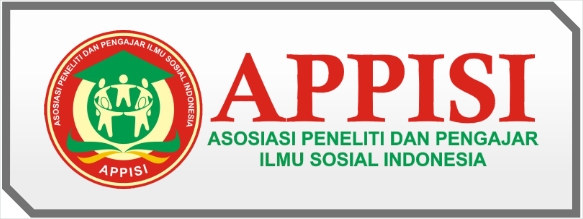Strategi Manajemen Sumber Daya Manusia Sebagai Peningkatan Daya Saing Perusahaan
DOI:
https://doi.org/10.59581/jrim-widyakarya.v2i4.4221Keywords:
Strategy, HR Management, Competitiveness, Recruitment, Employee Development, Performance EvaluationAbstract
Human resource management (HRM) plays an important role in helping organizations achieve short-term and long-term goals by aligning those goals with overall business strategy. The purpose of writing this paper is to determine the relationship between Human Resource Management (HRM) and business strategy and to provide an overview of effective employee training and development to increase company productivity. The research method used is qualitative with data collection techniques through literature study. Based on the studies conducted, it is known that the assumption of a close relationship between business strategy and HRM methods is based on contingency theory. This theory emphasizes that human resource management methods are selected according to the type of competitive strategy adopted by the business. A well-crafted business strategy should align with the company's core mission and vision, and serve as a roadmap for achieving profitability, competitiveness and sustainable growth. In addition, proper training and development can significantly influence employee productivity, which in turn will improve the well-being and prosperity of the company. This shows the importance of planning and implementing training and workforce development, both at the company and public levels, to achieve the organization's long-term goals.
Keywords: , , , ,
References
Jurnal
Awal, A., & Abrian, Y. (2020). Pengaruh pelatihan terhadap prestasi kerja karyawan di The Axana Hotel Padang. Jurnal Kajian Pariwisata dan Bisnis Perhotelan, 1(1), 7–16.
Barney, J. (1991). Firm resources and sustained competitive advantage. Journal of Management.
Fullwood, R., & Rowley, J. (2016). An investigation of factors affecting knowledge sharing amongst UK academics. Journal of Knowledge Management, 20(2), 243–256.
Fitriany, R. (2019). Pengaruh pelatihan coaching untuk meningkatkan kinerja supervisor pada divisi wiraniaga di PT. X. Psyche 165 Journal Pengembangan Sumber Daya Manusia, 12(1), 70–77.
Hidayat, A. T., & Agustina, T. (2020). Pengaruh pelatihan, kompetensi, kompensasi, dan motivasi kerja terhadap kinerja polisi lalu lintas Polresta Banjarmasin. Business Innovation and Entrepreneurship Journal, 2(1), 48–53.
Naim, F. M. (2021). Pengaruh pelatihan dan pengembangan karir terhadap kinerja karyawan BPJS Kesehatan Kota Parepare. DECISION: Jurnal Ekonomi dan Bisnis, 2(2), 288–296.
Singh, R., & Mohanty, M. (2012). Impact of training practices on employee productivity: A comparative study. Interscience Management Review (IMR, 2(2), 74.
Sugandha, S., Wibowo, F. P., & Hendra, H. (2019). Pengaruh pelatihan dan pengembangan sumber daya manusia terhadap prestasi kerja karyawan PT. Jembo Energindo. Dynamic Management Journal, 3(2).
Buku
Dessler, G. (2017). Human resource management (15th ed.). Pearson.
Hermawan, S. (2020). Rekrutmen & seleksi antara nepotisme dan profesional. Umsida Press.
Larasati, S. (2018). Manajemen sumber daya manusia. Deepublish.
Nugroho, Y. A. B. (2019). Pelatihan dan pengembangan SDM: Teori dan aplikasi. Penerbit Unika Atma Jaya Jakarta.
Prasetyo, I., Winarko, R., Chamariyah, C., & Rusdiyanto, R. (2021). Buku manajemen sumber daya manusia.
Rifai, G. (2013). Prinsip-prinsip pengelolaan strategi bisnis. Gramedia Pustaka Utama.
Schaper, M., Volery, T., Weber, P., & Gibson, B. (2013). Entrepreneurship and small business: 4th Asia Pacific edition.
Schaper, M. T., Volery, T., Weber, P. C., & Gibson, B. (2014). Entrepreneurship and small business.
Downloads
Published
How to Cite
Issue
Section
License
Copyright (c) 2024 Jurnal Riset dan Inovasi Manajemen

This work is licensed under a Creative Commons Attribution-ShareAlike 4.0 International License.














